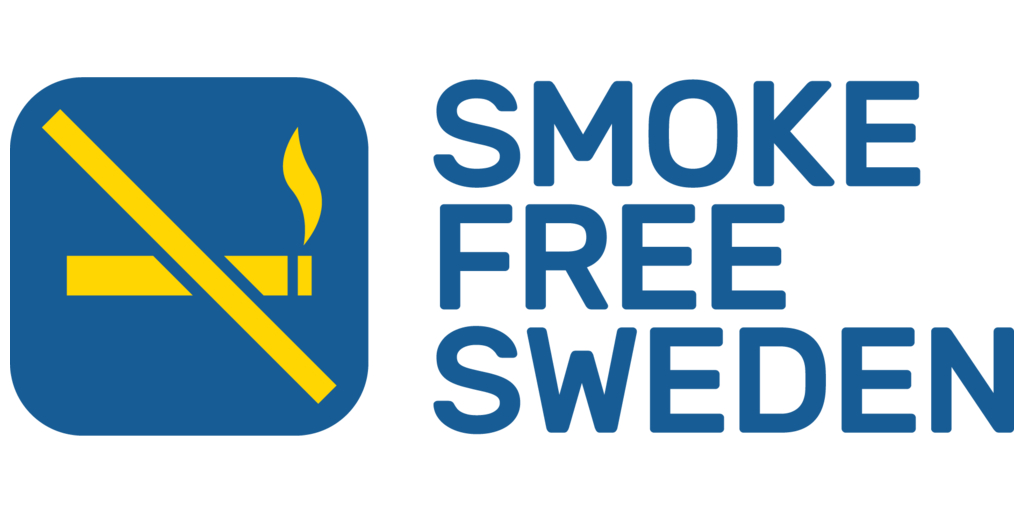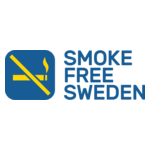WARSAW, Poland–(BUSINESS WIRE)–New Zealand’s smoking rate has halved in just five years due to the widespread acceptance and use of smoke free nicotine products, according to a new Smoke Free Sweden report by a panel of international experts led by public health expert Dr Marewa Glover of New Zealand.
New Zealand, like Sweden, has a daily smoking rate just above 5 per cent, the point at which the World Health Organization (WHO) officially declares a country ‘smoke free’.
Unlike Sweden, which is set to become the first country in the world to declare itself officially ‘smoke free’ later this year, New Zealand’s rapid reduction in smoking rates is a recent development. Smoking rates have halved since 2018 reflecting the rise in vaping, which sped up when vapes were legalised and the government formally endorsed them as a tool for adults to quit smoking.
Yet the principle behind both countries’ success remains the same: by making smoke free nicotine alternatives such as vapes, snus and nicotine pouches accessible, acceptable and affordable for adult smokers, large numbers of people have switched from smoking.
In 2018, New Zealand’s daily smoking rate was 13.3%. In 2023, this had come down to 6.8%.
In New Zealand, the highest smoking rate can be found among lower-income and Māori people. Māori, however, have experienced the greatest declines in recent years, showing the power vapes can have to reverse health inequalities and offer a route out of smoking.
Most strikingly, New Zealand now boasts a lower smoking rate than Australia following decades of trailing behind. In Australia, vapes are only available on prescription.
The report’s findings have significant implications for policymakers, particularly from the World Health Organisation, which has so far failed to recognise the value of tobacco harm reduction despite a mounting body of evidence showing that smoke free alternatives are the most effective quit tools available on the market.
Drawing attention to the report’s findings, lead author Dr Marewa Glover said:
“New Zealand’s experience shows that with access to safer alternatives, people can and do quit smoking in large numbers. This success, like in Sweden, has been driven by a combination of government-led initiatives and community support, rather than ideological wars against nicotine.”
Smoke Free Sweden leader Dr Delon Human commended New Zealand’s progress, saying:
“New Zealand’s rapid reduction in smoking rates proves that Sweden is not an outlier. This model works, and it works brilliantly. We are thrilled to see such incredible results and will continue to champion this approach, showing that harm reduction strategies can succeed anywhere.”
Quit Like Sweden founder and harm reduction advocate, Suely Castro, who is leading a new initiative encouraging nations to choose to quit smoking as Sweden has done, said:
“New Zealand’s dramatic drop in smoking rates in just a few years shows what’s possible. So many more countries could see huge public health benefits from this approach.”
ENDS
Notes to editors
Access the report: https://bit.ly/3VCvwap
About Smoke Free Sweden
Smoke Free Sweden is a movement that encourages other countries to follow the Swedish experience when it comes to Tobacco Harm Reduction. Sweden is about to become the first ‘smoke free’ European country, with a smoking rate below 5 percent. This remarkable achievement can be attributed to Sweden’s open attitude towards alternative nicotine products.
For more information on Sweden’s successful approach to becoming a smoke free nation, please visit www.smokefreesweden.org.
Contacts
Smoke Free Sweden
Jessica Perkins
[email protected]
www.smokefreesweden.org








